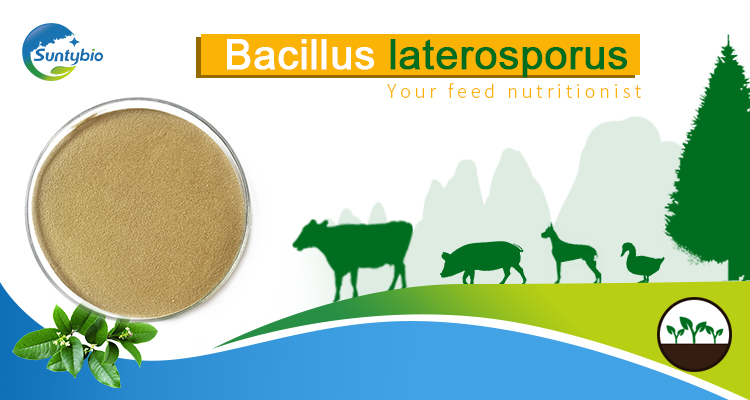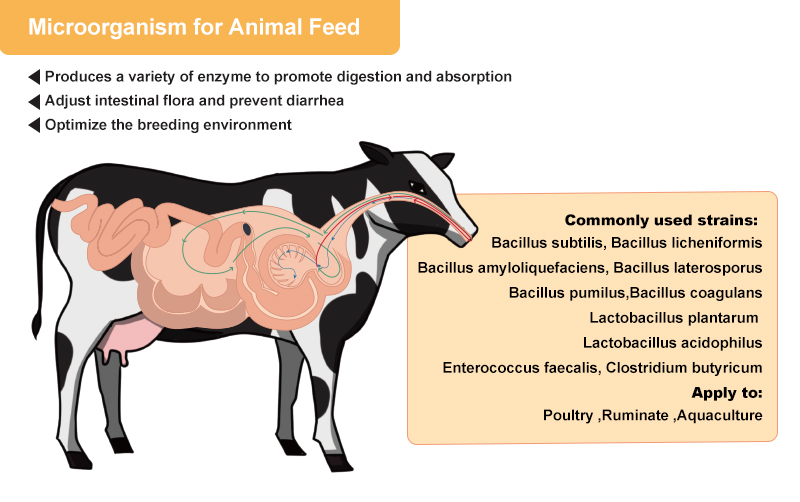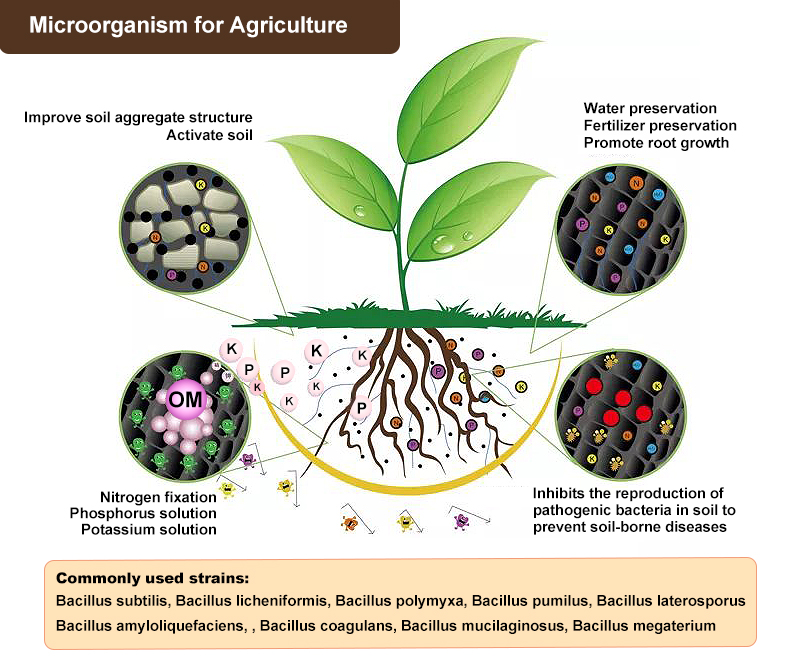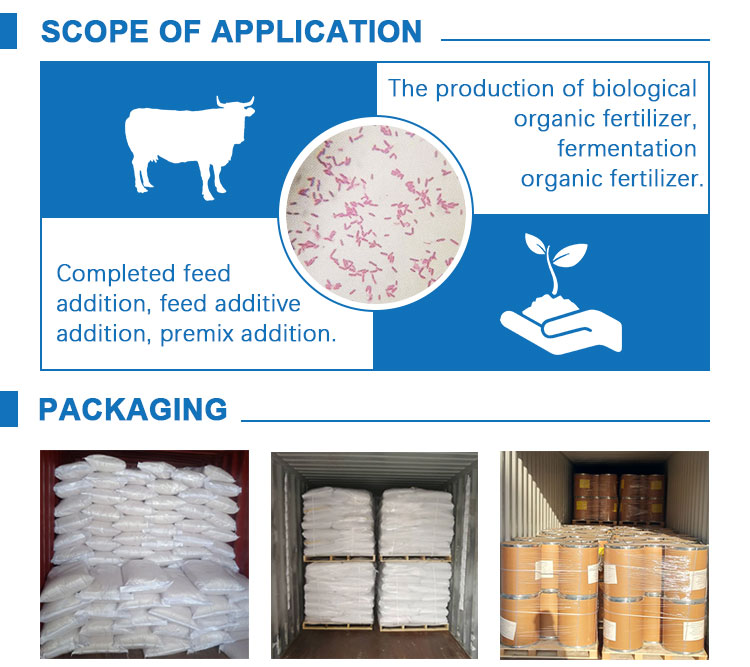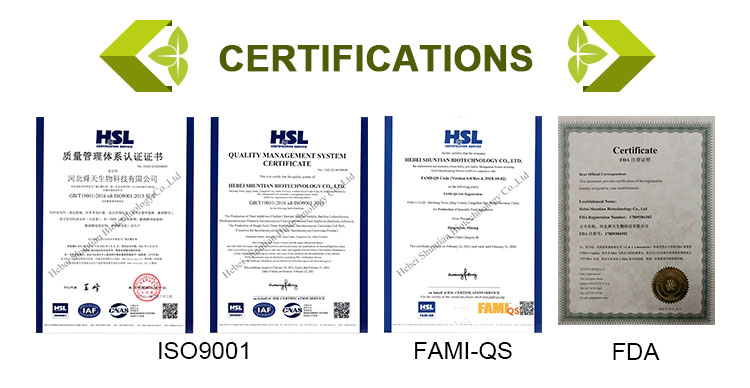Bacillus Laterosporus
Bacillus laterosporus, a gram-positive bacterium, can secrete a large amount of chitinase to inhibit fungal diseases, and has a strong inhibitory effect on vibrio, Escherichia coli, baculovirus and other harmful bacteria.




[Product Efficacy]
1. Used for livestock and poultry breeding:
1.1 Probiotics Bacillus Laterosporus poultry feed additives can inhibit pathogenic bacteria, Poly-peptide active substances such as the iturin, polymyxin, nystatin, rod peptide and surfactin and so on generated in the growth process of this fungus have obvious inhibition on pathogenic bacterium.
1.2 Probiotics Bacillus Laterosporus poultry feed additives can improve immunity, stimulate the growth and development of animal immune organs, enhance resistance to disease, improve the survival rate, substitute or reduce antibiotic use and prevent the formation of drug-resistant bacteria.
[Usage and Dosage]
Calculate content as 1 x 1010 cfu/g content calculation, dosage of other products can be according to the actual content for conversion
1. Usage in livestock and poultry breeding:
Added homogeneously to the basal feed or water step by step and then drink directly.The product can also be added in the feed processing. poultry:100-150g/ton, livestock:150-200g/ton, aquaculture:100-200g/ton.

Bacillus lateralis feed additive strain is a natural strain approved by the microbial testing center of the Ministry of agriculture. It has the characteristics of rapid reproduction, strong vitality, safety and non toxicity. Bacillus lateralis belongs to the genus Bacillus. Gram staining is positive and can be negative. The spores are oval, lateral, mesophytic or near mesophytic. The sporangium is expanded, and one side of the free spore is thicker than the other side (canoe shape). aerobic bacteria. Protein, various sugars and starch can be used to decompose tryptophan to form indole. This product can also be used in aquaculture. Lateral spores have a strong inhibitory effect on Vibrio, Escherichia coli, rod and other harmful bacteria in aquaculture; It can decompose the residual bait, feces, organic matter, water quality, and improve the turbidity problem caused by harmful cyanobacteria flooding.







